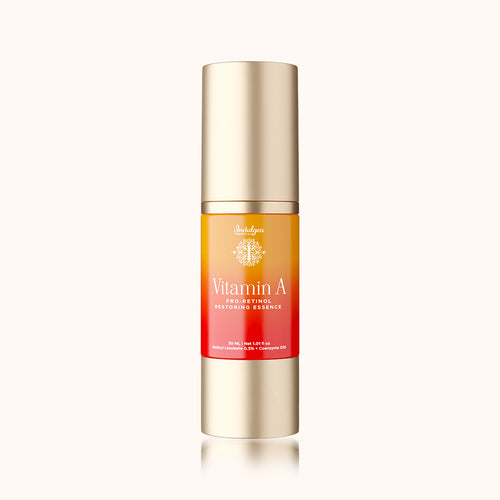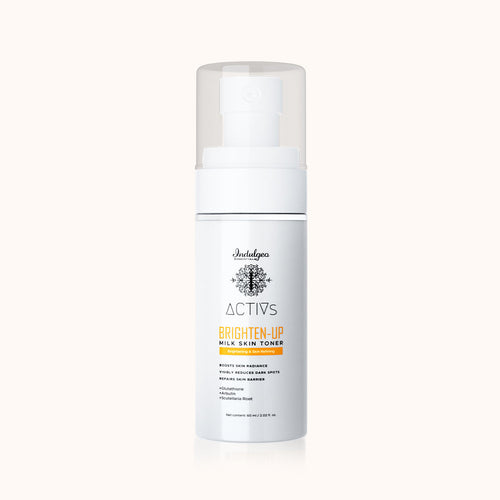What causes Acne on the Body?
Introduction
Acne, whether on the body (bacne or chest acne) or face, is primarily caused by a combination of factors involving the skin's oil glands, hair follicles, bacteria, and inflammation. Here’s a detailed explanation:
Causes of Acne
1. Excess Oil Production (Sebum):
Role: Sebaceous glands in the skin produce an oily substance called sebum, which helps lubricate and protect the skin.
Cause: Overproduction of sebum can lead to clogged pores and acne breakouts. Hormonal changes, especially during puberty, pregnancy, or due to certain medications, can increase sebum production.
2. Clogged Pores (Follicular Hyperkeratinization):
Role: Skin cells and sebum can sometimes block hair follicles (pores), leading to the formation of comedones (blackheads and whiteheads).
Cause: When dead skin cells and excess sebum accumulate in pores, they can form a plug, creating an ideal environment for bacteria to grow and cause inflammation.
3. Bacteria (Propionibacterium acnes):
Role: Propionibacterium acnes (P. acnes) is a type of bacteria that lives on the skin and plays a role in the development of acne.
Cause: When pores become clogged, P. acnes can multiply and cause inflammation. This leads to red, swollen pimples or cysts.
4. Inflammation:
Role: Inflammatory response is the body's natural reaction to bacteria and irritants in the skin.
Cause: When P. acnes bacteria proliferate in clogged pores, the body's immune system responds with inflammation, causing the characteristic redness, swelling, and pain associated with acne lesions.
5. External Factors:
Role: Factors such as sweat, friction from tight clothing, or contact with irritating substances can aggravate acne.
Cause: Sweat and friction can contribute to further clogging of pores or irritation of existing acne lesions, making them worse.
Types of Acne
Comedones: Non-inflammatory acne lesions that include blackheads (open comedones) and whiteheads (closed comedones).
Papules: Inflamed lesions that appear as small, red bumps on the skin.
Pustules: Inflamed lesions filled with pus, characterized by their white or yellow heads.
Nodules and Cysts: Severe forms of acne that are deep within the skin, causing painful, large bumps that may lead to scarring.
Treatment and Prevention
Topical Treatments: Include over-the-counter or prescription creams, gels, or lotions containing ingredients like benzoyl peroxide, salicylic acid, or retinoids to unclog pores and reduce bacteria.
Oral Medications: Antibiotics, hormonal treatments (like birth control pills), or isotretinoin (Accutane) for severe cases.
Lifestyle Changes: Maintain a gentle skincare routine, avoid squeezing or picking at acne lesions, wear loose-fitting clothing, and shower after sweating to reduce acne flare-ups.
Understanding these factors helps in choosing effective treatments and preventive measures to manage and reduce acne breakouts, whether on the face, back, chest, or other areas of the body.
















